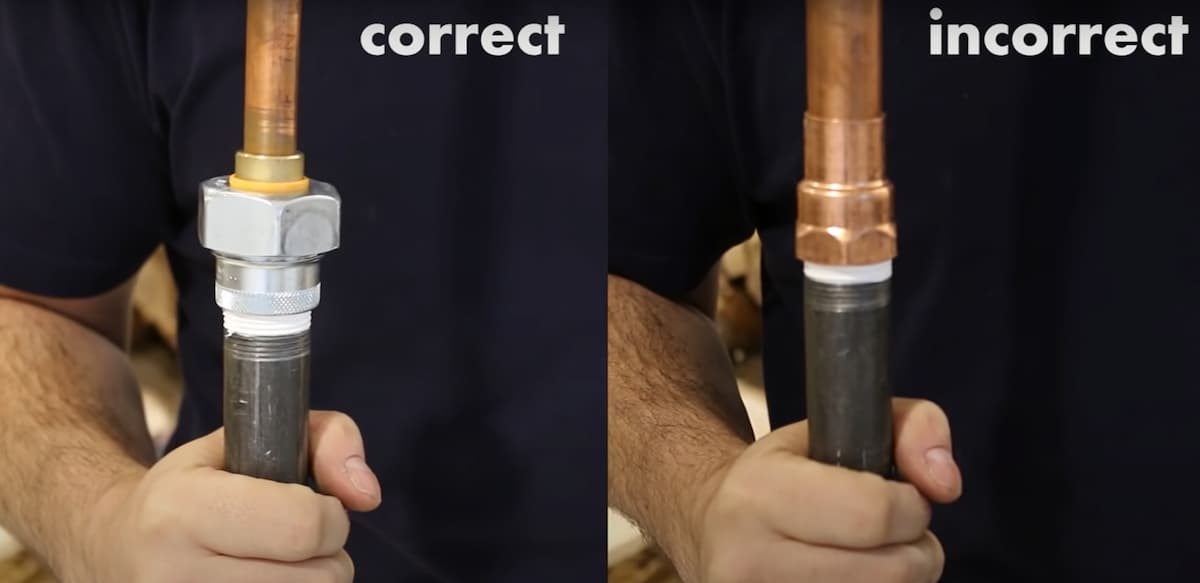
Soakwells are an important part of the water cycle in Australia. They consist of a pot or container filled with a porous material such as perforated pipe, allowing rainfall to soak into the soil. The idea is to capture and store rainwater for future use rather than allow it to run off and quickly pick up pollutants on impervious surfaces, carrying them into streams and natural bodies of water.
What is a Soakwell in Australia?
Many homeowners, particularly those with older homes, believe that dealing with rainwater from downpipes on residential properties is a minor problem. Ignoring this critical problem might have significant consequences. First and foremost, as a property, you are required by the law to manage rainwater on your land effectively, you cannot send water onto your neighbor’s yard or the street. In essence, it means that every down pipe from a roof may lead directly into one of two things:
- A freshwater underground tank
- A soakwell drain on your property.
Simple, right? Not so fast, most municipalities have stringent soakwell requirements. It’s crucial to know that while building codes differ from one municipality to the next, you may also meet your local council’s standards. You may check with your local council to ensure that the generic formula is appropriate for your situation. While the basic formula is a good starting point (roof area x .0125 = required soakwell volume), you may verify that your soakwells are in compliance with your municipality’s rules. Many factors influence council laws, including the location of your home, terrain, soil types, and so on.
Despite these legal standards, professionals visit a large number of houses in Western Australia each week to check that water from storm water piping is directed only onto paths, gardens, and driveways. Rainwater may cause considerable damage to both your home and your neighbour’s property. In many situations, you won’t notice the damage until after it has cost a lot to repair it.
What is a soakwell?
A soakwell could be at least 9m long and positioned in such a manner that rainwater may run off into the system, preventing water from escaping the property boundary or accumulating under or near buildings. Soakwells are usually big porous vestiges installed underground that collect a substantial amount of water, allowing the water to settle afterwards and join up with the underground water table.

The soakwells can be made of plastic, fibreglass, PVC, concrete, brick, or more recently a framed structure covered with a soil-resistant fabric. The type of soakwell employed may be determined by where it may be located and the sort of traffic that may flow over it or the type of structure that may be built adjacent to it.
Why is a Soakwell Important for the Surrounding Soil?
Cutting corners with your soakwell system, ignoring the fact that rainwater management on your home is a legal requirement, makes absolutely no sense at all why you would be skipping on managing rainwater, especially in Western Australia. When a number of rain waterfalls, you need the assurance that your soakwells may operate as planned. Rainwater that isn’t well managed on your property may cause issues, so it’s important to avoid significant maintenance costs whenever possible. Aside from the obvious impacts of erosion on your land and those around you, a buildup of water against your house can lead to a number of problems, including:
- House stumps erosion, foundation damage, as well as building subsidence, are typical problems caused by the weather.
- Footings and concrete pads are sinking.
- Flooring and concrete pads rising damp susceptibility
- Flooring Wood rot
- Let’s not forget that termites enjoy a drink, and you could be the one to offer them one.
You’ll be much better off if you use your rain water and manage it properly. You’ll need to install soakwells to properly manage it on your property, though. Unless you take care of the water on your land, you may have to undertake major repairs and renovations to your house both inside and out, above and below. However, if you install a soakwell system that is made to accommodate the anticipated amounts of rainwater for your property, you may avoid significant maintenance expenses and problems with your neighbours. It’s also a good idea to have a building inspector inspect your downpipes after you’ve completed new construction or purchased a new house to ensure that soakwells have been put in all of them.
What is a Soakwell Role in Preventing Soil Erosion?
If you’ve ever pointed a garden house towards a piece of earth, you’ll notice that erosion and landscaping damage on the surrounding soil can occur rapidly. Rain water rushing down the drains of a structure during a storm and pouring out on soil over time may be difficult to repair. Even if pavements beneath gutters exist, the soil beneath them may flow away quickly, causing sagging paving. To effectively manage rainwater, a soakwell installation is recommended by having concrete soakwells installed for collecting rainwater.
Diverted water off your property might ensure that soil erosion is prevented. This may also improve the condition of surrounding garden beds and paths, preventing further damage to your property, concrete foundations damage or similar.





